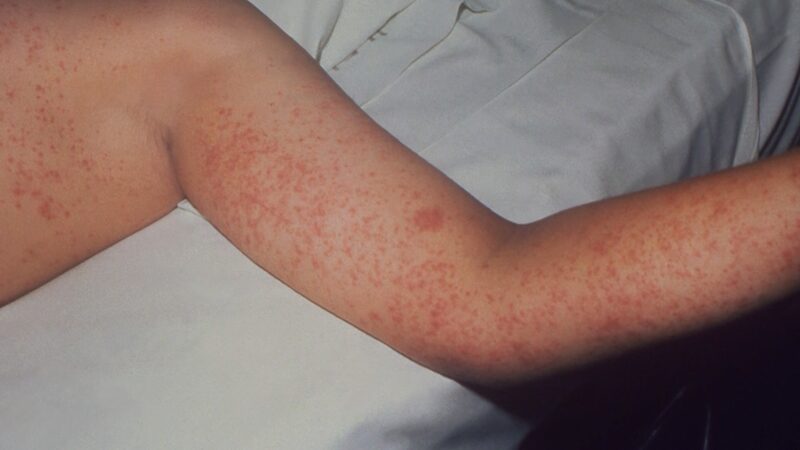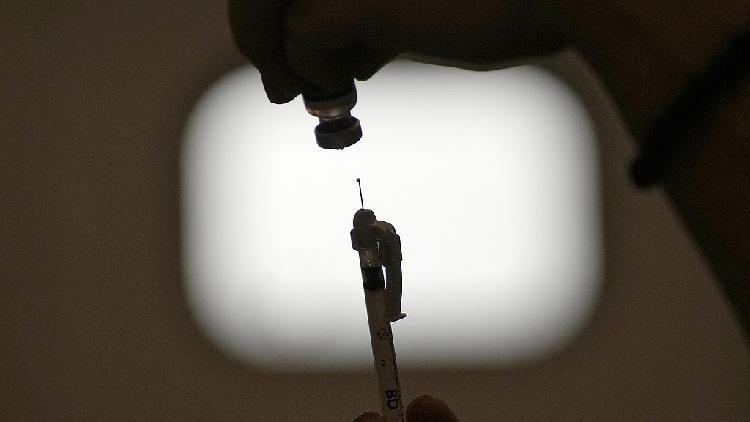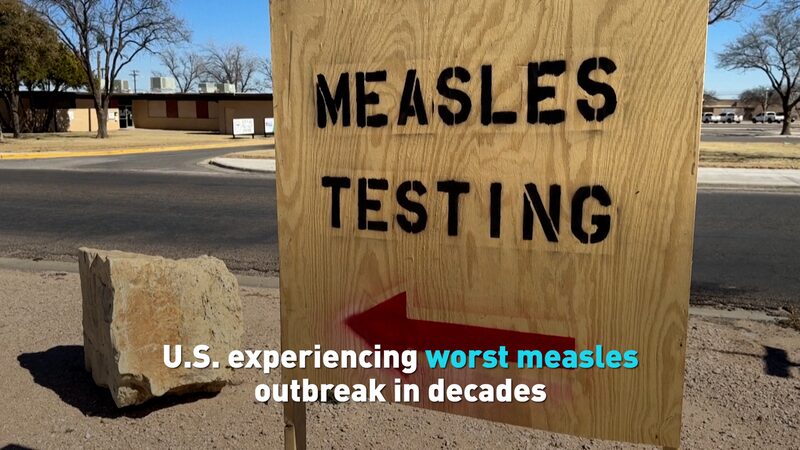South Africa’s Department of Health is calling on residents to remain calm but vigilant following an outbreak of hand, foot and mouth disease (HFMD) in KwaZulu-Natal Province.
In a statement released on Tuesday, the department reassured the public that it is working closely with the National Institute for Communicable Diseases to monitor the situation and provide necessary support to contain the spread.
The provincial health department reported that since the first six cases were identified between February 6 and 10, the number of confirmed HFMD cases has risen to 168, primarily concentrated around the Durban area.
“There is no need for the public to panic because the outbreak remains under control and at the current moment there is no serious public health threat detected,” the department stated.
However, parents and caregivers are urged to be vigilant for common symptoms, including fever, sore throat, tiredness, loss of appetite, and small blisters on the inside of the mouth, sides of the tongue, palms of the hands, and soles of the feet.
The Department of Health emphasized that HFMD is a common viral infection, with children under 10 being most at risk. “It is not common in adults, but people with weak immune systems may be prone to infection,” the statement noted.
According to health officials, the infection is usually self-limiting, resolving within seven to ten days without medication. However, a few individuals may require hospitalization for complications.
“Parents are urged to keep symptomatic children at home until they recover to prevent further spread of the disease,” the department advised.
Good hygiene practices are highlighted as some of the most effective methods to contain the spread. Educators and parents are encouraged to promote regular hand-washing, covering the mouth when coughing, regularly cleaning surfaces, and not sharing eating utensils and stationery.
HFMD is caused by enteroviruses and typically occurs in small outbreaks at schools, crèches, and daycare centers, particularly during the summer and autumn months. The disease spreads through direct contact, droplets from the mouth or nose of an infected person, and contaminated objects or feces.
Reference(s):
South African health department calls for calm amid HFMD outbreak
cgtn.com








